Kathrine Switzer changed the world. In 1967, she became the first woman to successfully complete the Boston Marathon, a run that was nearly interrupted when race official Jock Semple tried to wrestle her off the course. Switzer wouldn’t be thwarted by Semple and, though Boston didn’t officially allow women to participate in their race until 1972, Switzer herself was just getting started. After completing her marathon, she dedicated her life to equal rights in athletics and the 1974-winner of the New York Marathon would go on to become the founder of the Avon International Running Circuit, which reached 1-million women in 27 countries. Her work was instrumental in getting women to compete in the Olympic marathon, beginning with the 1984 Olympic Games. Last month, she revisited Boston and once again made history at the world’s most famous race. This weekend, Switzer will be appearing at the Goodlife Fitness Toronto Marathon, including in an interview with iRun GM Ben Kaplan at 3 p.m. on Saturday, May 6. We caught up with Switzer as she made her way to Toronto.
iRun: Congratulations on completing another Boston marathon.
Switzer: It was a fairytale ending, believe me. It’s been a long journey. And at 70, anything can go wrong with your training, but there have been so many people cheering for me. It’s amazing, so thank you.
iRun: Did you always know you’d run Boston again?
Switzer: Never. My last Boston was 1976 and I figured that was it. After that I created the Avon Global Women’s Running Circuit. I had won New York and run a 2:51 at Boston and thought: I’m never going to get better than that. Naturally I was tempted to put a 2:41 after my name, but the 2:51 took so much work and paved the way for my next opportunity.
iRun: Tell us about that, the Avon International Running Circuit.
Switzer: I thought it would lead to getting the marathon in the Olympic Games and it did. Avon said, ‘We love this and we love you and hired me,’ and it was a dream fulfilled, but I knew if I did this, it would require every creative and physical ability I have and I hung up the shoes, became a doctor and called 1976 my last marathon.
iRun: Marathon running is like being the Godfather. You keep trying to get out, but it keeps pulling us back in.
Switzer: I put it behind me quite happily but, in my 60s, I was doing a signing for my second book, and women that were 65, 70, 75, kept saying, ‘You’re my inspiration! I didn’t start running until I was 65!’ I started eating my heart out. They were doing things I had helped create, but I wasn’t taking part in. I wondered if I could get it back. I wondered if I could run another marathon.
iRun: And you did. And it was Boston.
Switzer: I trained up and it took me two years. What I feel is: If you’re fit and you’re healthy and have an opportunity, what a privilege it is to try. My sense was incredible gratitude. How many 70-year-olds get to the starting line?
iRun: Gratitude seems to be the best emotional to fuel not only running, but fuel a happy and healthy life.
Switzer: Wally Bortz in particular was pioneering in his belief that our most important organ isn’t the heart or the brain, but our legs—we should keep moving into old age and live an active old-age lifestyle. It assures you quality of life. He wrote a book called We Live Too Short and Die Too Long and I’m a real believer in that. Go full bore and go off the edge of the cliff, that’s what Ed Whitlock did.
iRun: What do you mean?
Switzer: It was amazing when Ed Whitlock died, how it happened, and he was a great friend of both Roger’s and mine. He ran the marathon with prostate cancer and then he just said, it’s time.
iRun: What was it about Boston, in 1967, that you wanted to tame?
Switzer: Here’s the point of it: in those 50 years we went from Jock trying to throw me out of the race to Boston now almost 50/50 in terms of women and men, and in Canada, it’s more women running than men—it’s practically a women’s sport!
iRun: It’s sad to remember that women couldn’t run in the Olympics until 1984.
Switzer: The important thing is that social revolution of women’s running is that it’s a transformational experience. Running transforms women, women and men but we’re talking about women, and gives us a sense of empowerment that effects all our lives. They’re no longer trying to lose five pounds or become Olympic athletes—they’re there because it makes them feel good, makes them feel empowered. That’s why I wanted to go back to Boston, to thank the people in the streets for helping make the worst thing in my life become the best thing. Women are telling me, ‘Thanks to running, I have the courage to leave my abusive relationship’ and I want to pass the torch. I ain’t going to be around forever, these new guys have to do it, that’s what my foundation 261 Fearless is about—be fearless in the face of adversity.

iRun: Tell us about 261 Fearless.
Switzer: We formed a non-profit where we take this spirit of empowerment to women around the world with no opportunities. They can game this by putting one foot in front of the other. Capability is everywhere it just needs an opportunity. 261 was my bib number in 1967 Boston, and it’s been retired, by the way.
iRun: Canadian runners like Lanni Marchant and Rachel Hannah have been vocal about touting your influence.
Switzer: Such feisty women, I love it! I couldn’t believe Lanni Marchant took her top off! I said, ‘Oh boy, that’s fantastic!’ I love what she said—really, really strong. Nobody wants to see me do that now, but I would, believe me. This new generation, incredible.
iRun: We’ll pass that along. Now can you please tell us about your run in 67?
Switzer: I’ve done this a thousand times, but OK, here goes: I was reading JD Salinger at the time, so I signed my form KV Switzer, I didn’t think anything of it. There was nothing about gender written on the entry form and I wasn’t there to prove anything. (Later, race officials said I should have known it was a men’s only race, but that’s bullshit.) At first, my coach didn’t think a woman could run a marathon, but I did it in practice and he was totally blown away and he said, ‘I’m proud of you, you’re going to be really noticed now,’ and so the day of the race I wore very dishy shorts and top, I was eager to show off that I was a girl.
iRun: What was the prevailing attitude in 1967?
Switzer: If you were a female athlete, you had to look like a guy. But it was snowy on race day and I threw on everything I could find and you couldn’t see I was a woman. The guys racing all knew and were welcoming, but the officials didn’t know. It was colder than hell but after a mile, the press truck came by and Jock Semple was getting teased by the journalists—there’s a girl in your race!—and he jumped off the bus and attacked me. He smacked my coach and was clawing at my shirt, but my boyfriend gave him a shoulder charge and he went flying through the air. My coach said, ‘Run like hell!’ So down the street I went.
iRun: Where did you find the strength to keep on?
Switzer: I made the decision there and then: I’ll finish on my hands and knees if I have to. Anything could’ve happened. I could’ve bonked. I could’ve got diarrhea, but I made the decision and after I ran Heartbreak I realized I murdered Jock Semple every way a person could be murdered and after 20 miles, you can’t stay angry, you focus on the big issues, and there I realized other women would be here if they only had the opportunities. Don’t you get your best ideas on the run? I finished that race and had a life plan.
iRun: Helluva story, my friend. Helluva life.
Switzer: Jock Semple gave me a vehicle to change million of women’s lives in a powerful way and gave the women’s rights movement one of the greatest photos in history, I have gratitude for everything that’s happened to me. Everything that I’ve done.








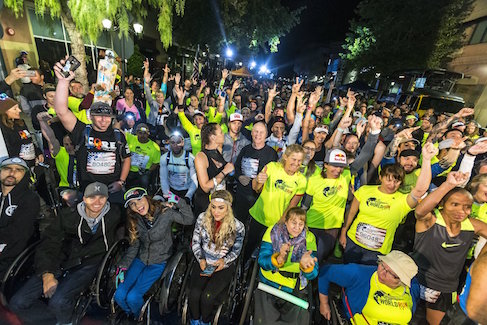

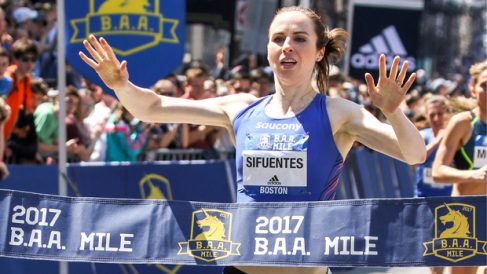
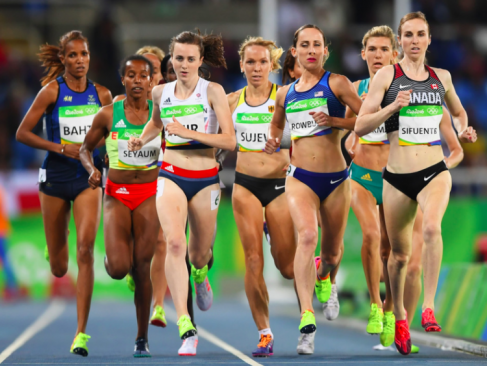


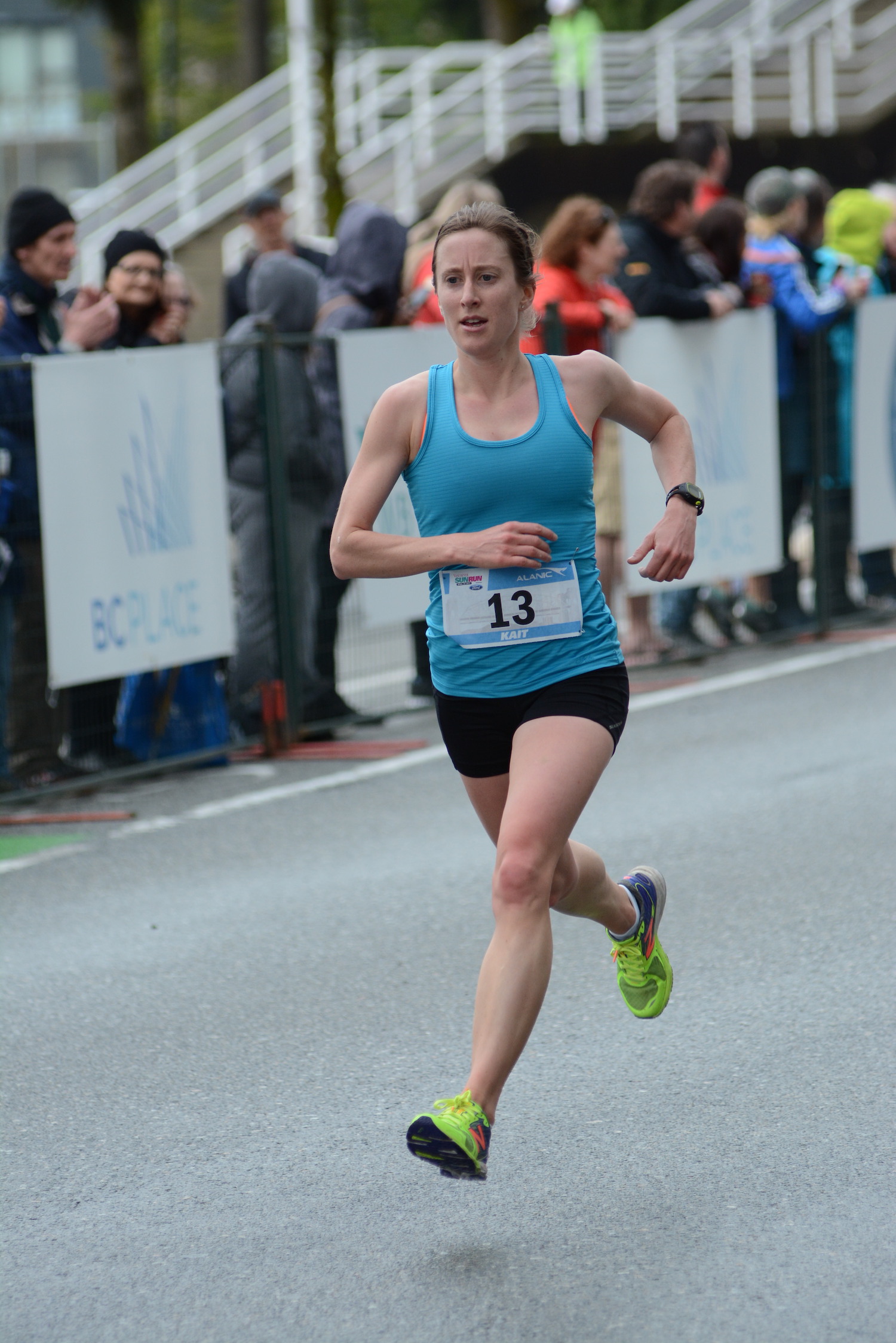

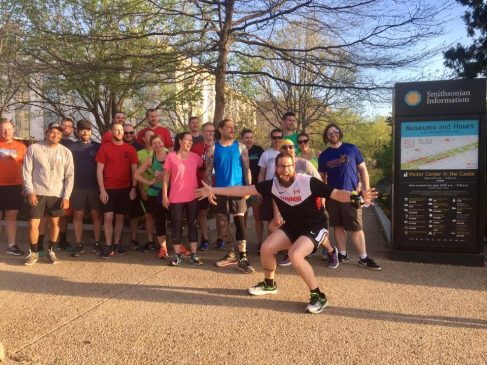
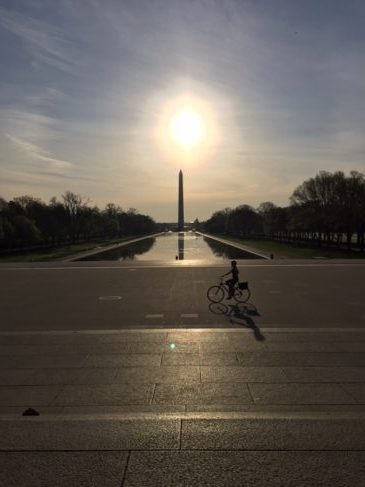
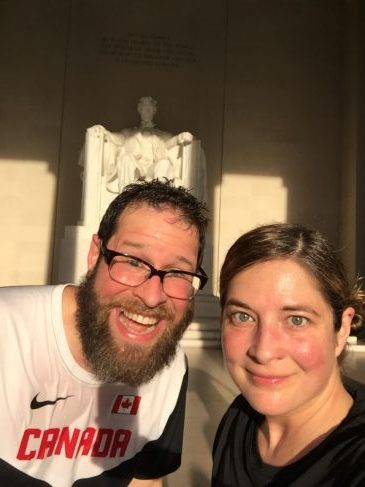

 Our Magazine
Our Magazine
